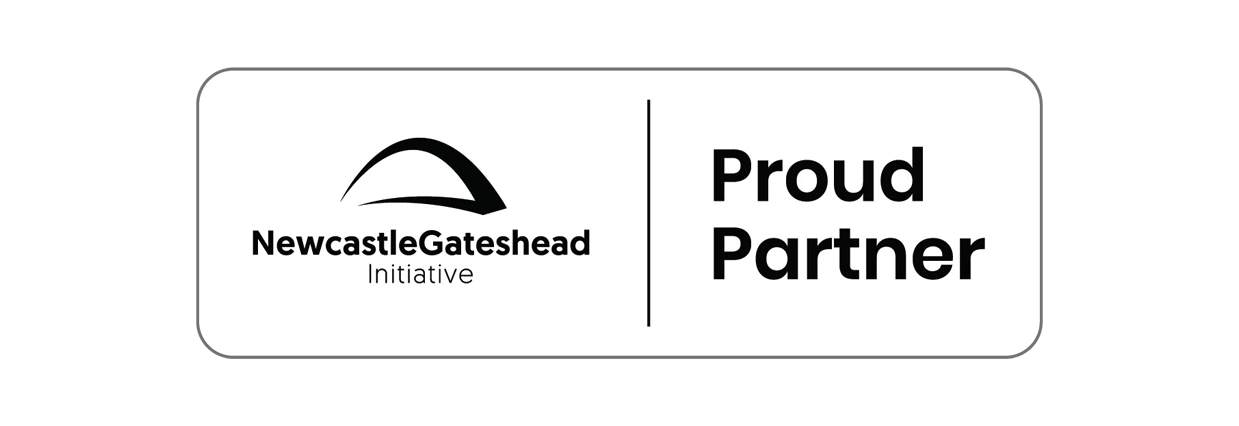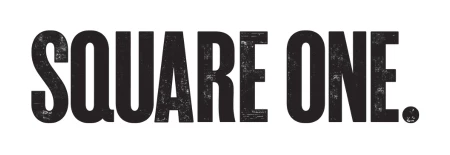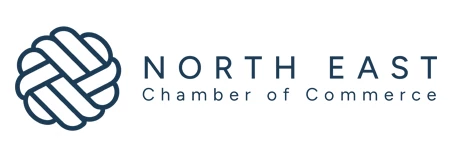Partner Article
How invoice finance can help start-up businesses
Invoice finance allows businesses to release up to 90% of the cash tied up in their unpaid invoices. This means that businesses that are selling to other businesses on credit terms can access the cash before their customers pay them. This allows new start businesses to target larger customers and take on larger orders with peace of mind they have the working capital available to service such orders.
Invoice finance is a flexible form of working capital that is readily available to start-up businesses. It grows in line with your sales and is an ideal way of financing business growth.
How does invoice finance work?
The process of financing your invoices is probably best explained in a series of steps:
Step 1: You would apply to the invoice finance company for a credit limit for a new customer to ensure they are credit worthy.
Step 2: You deliver your goods or service as agreed and obtain a proof of delivery to ensure your audit trail is complete. This is good practice and ensures any disputes can be dealt with quickly.
Step 3: Send the invoice to the customer and also notify the invoice to the invoice finance company. This is typically done electronically so it is quick and easy to do.
Step 4: The lender will make up to 90% of the VAT-inclusive invoice value available to you and you can draw down what you like up to that limit. You only pay interest on what you actually borrow.
Step 5: When the invoice is paid by your customer your borrowing is repaid and the balance of the invoice, less fees, is then available to you.
If you are invoice factoring the service will typically include credit control so the lender will send out month end statements and also letters to chase overdue debts.
What are the criteria for invoice finance?
As mentioned above invoice finance is readily available for new start businesses. To qualify for an invoice finance facility you need to meet three basic criteria:
- You should be a business selling to other businesses rather than to private individuals.
- Your invoices should be raised on a credit terms to your customers.
- The invoices should be raised in arrears of delivery of your goods or service.
If you meet the above criteria then there is a very good chance you will qualify for an invoice finance facility.
Are there any downsides or potential pitfalls?
As with any form of finance there are costs associated with it. I see a lot of businesses debating whether an overdraft or an invoice finance facility is cheaper. In short an overdraft is typically cheaper but the real question is whether an overdraft is really available?
In terms of costs you need to look at total costs not just headline rates. This means not just focusing on the service fee and discounting fee, you need to look at any additional costs that can be charged.
The same can be said of the prepayment percentage. Just because a lender offers 90% prepayment does not automatically mean you will receive 90% of your outstanding invoices. The structure of the facility is incredibly important. If not structured properly with the most suitable lender your funding can be restricted dramatically.
Summary
Invoice finance can provide the working capital you require to grow your business. It can help your business succeed. However, the facility must be structured properly and you must understand the total costs involved.
The cheapest available facility can often cost half of the most expensive facility when total costs are considered. A properly structured facility can also generate four times the amount of cash a poorly structured facility generates.
This was posted in Bdaily's Members' News section by Ian Hepworth .
Enjoy the read? Get Bdaily delivered.
Sign up to receive our popular morning National email for free.








 B Corp must be more than window-dressing
B Corp must be more than window-dressing
 Why collaboration is key to a stronger economy
Why collaboration is key to a stronger economy
 Crisis comms lessons from the Astronomer Scandal
Crisis comms lessons from the Astronomer Scandal
 The real cost of tendering for construction SMEs
The real cost of tendering for construction SMEs
 A welcome step forward – but let’s keep pushing
A welcome step forward – but let’s keep pushing
 Industrial strategy 'can drive business forward'
Industrial strategy 'can drive business forward'
 Industrial strategy 'can be game-changer we need'
Industrial strategy 'can be game-changer we need'
 Driving skills forward with near £100,000 boost
Driving skills forward with near £100,000 boost
 What pension rule changes could mean for you
What pension rule changes could mean for you
 North East can't be an afterthought in AI future
North East can't be an afterthought in AI future
 Understanding the impact of the Procurement Act
Understanding the impact of the Procurement Act
 Is the UK losing ground in life sciences investment?
Is the UK losing ground in life sciences investment?